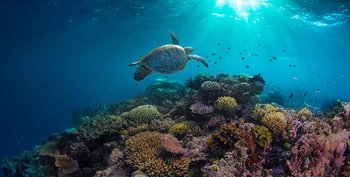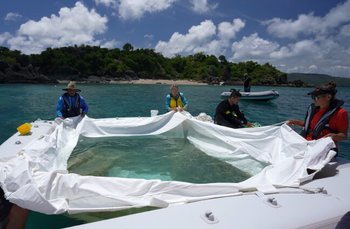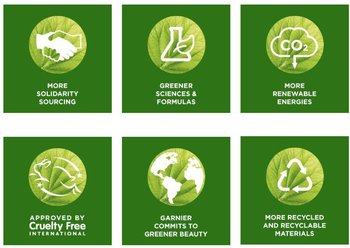
What is happening to the Great Barrier Reef?
Made up of around 3,000 individual reefs, the Great Barrier Reef is one of the most diverse marine ecosystems in Australia. It includes coral reefs, which are formed when baby corals settle and grow hard skeletons. Over time more and more corals settle, to eventually form reef ecosystems.
Corals and the reef they form provide food, shelter, resting and breeding grounds for other marine species, acting as nurseries and refuges to protect critical biodiversity.
But the Great Barrier Reef, and coral reefs around the world, are some of our planet’s most vulnerable ecosystems. Already, climate change has claimed half the world’s reefs. If we don’t take bold action now, they could vanish completely in our lifetime.
Warmer water temperatures caused by climate change are leading to more frequent and severe mass coral bleaching events, where corals eject the algae that gives them their vibrant colours and turn white. Bleached corals are not dead, but they are more vulnerable to starvation and disease.
Rising water temperatures also force marine species to move to cooler habitats, disrupting food supplies, breeding cycles and entire ecosystems. Climate change is considered the biggest threat to the Great Barrier Reef, as well as all the species that call it home.

Why is the Great Barrier Reef important?
The Great Barrier Reef is home to around 10% of global fish species, 6 out of the world’s 7 turtle species, and 153 types of sharks and rays. Around 30 varieties of whales, dolphins and porpoises have been seen on the Reef and 215 kinds of birds visit each year. Its diversity extends beyond animals too and includes countless varieties of plants and micro-organisms – making it one of the most remarkable and important areas of biodiversity in the world.
The Great Barrier reef also shelters important carbon sinks, protecting coastal mangroves and seagrasses that clean the air by absorbing and storing carbon dioxide from the atmosphere. The environmental and ecological significance of the Reef makes it an irreplaceable natural site.

How can we protect the Great Barrier Reef?
Want to get involved in supporting the Great Barrier Reef Foundation? Your Garnier purchases at Coles can help fund the dispersal of up to half a million new baby corals using the Coral IVF technique. Planting locations are carefully considered, selecting the reefs best placed to have flow-on benefits to nearby reefs. Coral IVF is a nature-based solution that delivers greater volumes of coral larvae onto reefs, boosting the number of coral babies that survive to maturity - a massive helping hand for the health of the Reef.
Damaged reefs need help to recover from coral bleaching events and other impacts of climate change , and being able to scale Coral IVF and planting is a key part of the restoration toolkit.
Coral reefs need our help. If you’d like to donate to the Great Barrier Reef to support their Coral IVF program, visit the Plant A Coral donation page.

Garnier’s commitments
Explore Garnier’s Beauty commitments and learn how we’re working to make a difference.

